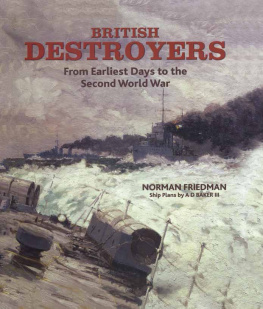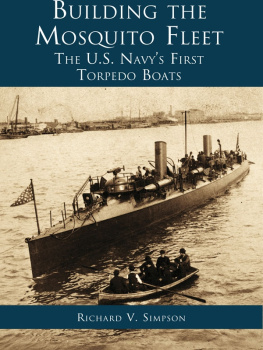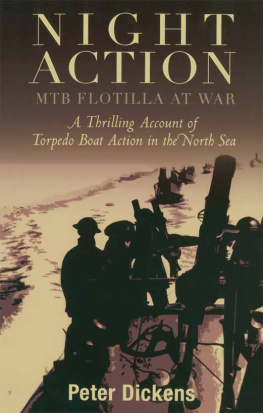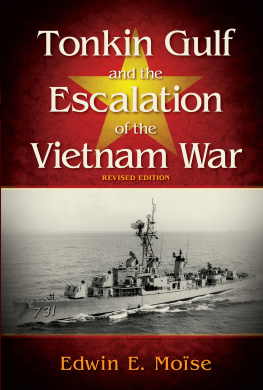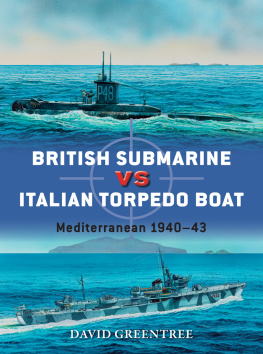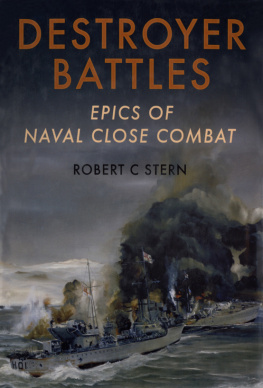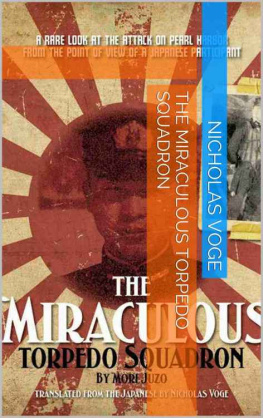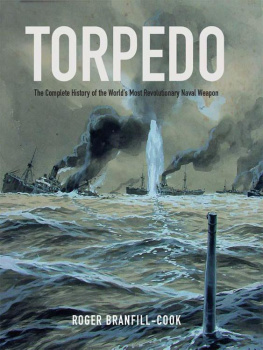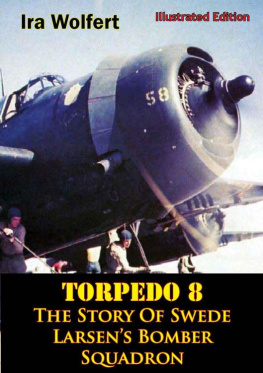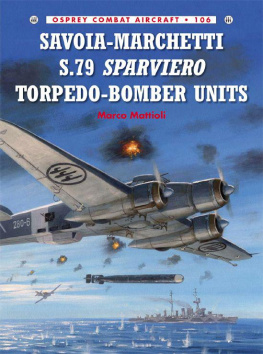BRITISH
DESTROYERS
BRITISH
DESTROYERS
From Earliest Days to the
Second World War
NORMAN FRIEDMAN
Ship Plans by A. D. BAKER III
with additional drawings by Alan Ravan
Seaforth
PUBLISHING
FRONTISPIECE:
Eclipse off Iceland in 1941.
(This and all other uncredited photographs are from US official sources,
by courtesy of the author)
Copyright Norman Friedman 2009
Ship plans AD Baker III 2009
Additional drawings Alan Raven 2009
First published in Great Britain in 2009 by
Seaforth Publishing
An imprint of Pen & Sword Books Ltd
47 Church Street, Barnsley
S Yorkshire S70 2AS
www.seaforthpublishing.com
Email
British Library Cataloguing in Publication Data
A CIP data record for this book is available from the British Library
ISBN 978-1-84832-049-9
All rights reserved. No part of this publication may be reproduced or transmitted in any
form or by any means, electronic or mechanical, including photocopying, recording, or any
information storage and retrieval system, without prior permission in writing of both the
copyright owner and the above publisher.
The right of Norman Friedman to be identified as the author of this work has
been asserted in accordance with the Copyright, Designs and Patents Act 1988
Typeset and designed by Roger Daniels
Printed and bound in Thailand
CONTENTS
Credit for making this book possible must go to my wife Rhea, who not only put up with it but also encouraged me to do the research and to keep going back to sources such as the Brass Foundry, the Public Record Office, and the Naval Historical Branch. In effect, she has lived with this project for about thirty years, since almost the first records I consulted at the National Maritime Museum concerned British destroyers. I must also thank the late David Lyon, whose enthusiasm for destroyers and their predecessors was so contagious, and who always emphasised the pre-history of destroyers as it was embodied in ships such as HMS Vesuvius. I hope I have done his views justice. I would like to thank the present and former staffs of the Brass Foundry outstation of the National Maritime Museum, where the ships covers and constructors notebooks, both essential to this work, are housed. They also provided numerous ship plans, which formed the basis of many of the drawings in this book. Special thanks also go to Captain Chris Page RN and his staff at the Naval Historical Branch, particularly Admiralty Librarian Jenny Wraight, who found many of the official publications I have used. Similar thanks go to the staffs of the Public Record Office (now The National Archive of the UK, but to me always the PRO) and of the US National Archives, both the downtown branch and that at College Park. I found the US interwar intelligence material particularly helpful. I am grateful to Dr Evelyn Cherpak, archivist of the US Naval War College, for access to interwar US material which illuminated British tactical and technical choices. Dr Nicholas Lambert provided many valuable insights and leads to archival material. Arthur Davidson Baker III was far more than illustrator. I benefited heavily from the insights he formed as he drew so many of the destroyers in this book. Alan Raven supplied other drawings, as did Darius Lipinski. I am grateful to the Royal Australian Navy Historical Branch, particularly to Dr David Stevens and to Dr Josef Straczek (formerly of that organisation) for assistance with destroyers built for or transferred to the RAN. For photographs I am particularly indebted to Charles Haberlein, curator of photographs at the US Navy Historical and Heritage Center, as well as to A D Baker III, to the staffs of the Australian and Canadian naval historical offices, to the staff of the US Naval Institute Photographic Collection and to the photographic staff of the US National Archives, and to Alan Raven.
Illustrators Acknowledgements
The preparation of the majority of the line drawings done for this book depended heavily on official design, general arrangement, and Admiralty as-fitted plans from the immense collection of the National Maritime Museum in Greenwich, England. The assistance provided to Norman Friedman and myself by the dedicated staff at the NMMs plans repository at the historic Brass Foundry building at the old Woolwich Arsenal is deeply appreciated.
The original plans from the period covered by this volume were usually drafted with impeccable attention to detail on prepared linen with ruling pens in in to 1ft (8th) scale and included a great deal more graphic and textual information than could be incorporated into the drawings intended for this book. Many of the early plans are also handsomely decorated, and all were precisely lettered by hand. Persons seeking more information and additional drawings for the ships shown here should contact the National Maritime Museum. Their collection has sheets covering not only more detail on the ships drawn for the book but also for thousands of other ships from the age of sail to the age of steam and diesel including a great many more sets for early destroyers.
The plans do, however, present some difficulties in interpretation. Not only did most of the drawings depict external features of the ships, but the same sheet especially in the elevation views would not only show internal features such as engines, boilers and other machinery but would also show details of cabinetry, shelving, and even such features as compartment coal heating stoves. Some of the elevation views invariably showing the starboard side of the vessel even showed features unique to the port side, such as a different distribution of portholes. Thus, many of the drawings were, in effect, X-rays and were made even more of a challenge by the lack of the use of dotted lines to show what feature was behind another.
Adding to the complexities for the researcher was the practice of indicating alterations made to the ship over time by using different shades of coloured ink to show new features from each refit; some drawings had as many as four additional shades of green, red, blue, etc, atop the original black ink lines, and old lines that were no longer relevant were not always hatched out. Additionally, especially in the earlier plans, important internal features were often displayed by tinting with a thin coloured ink wash. Unfortunately, the National Maritime Museum supplies copies of their plans in black and white, which adds further complexity to their interpretation and makes the availability of photography vital in order to check certain features. And, on occasion, what was said to be on the ship in a plan for a certain date might not be supported by a photo of the ship taken at the same time. Nonetheless, every attempt has been made to make the drawings for this book accurate for the date given.
All the new drawings for this book were done on drafting film using various line-width Rapidograph pens with jewelled tips.
In addition to thanking Norman Friedman for his diligent efforts to obtain the photos and drawings needed here, I would like to express my sincere gratitude as well for their generous help and support to William C Clarke, John Cheevers, Robin Bursell, Rick E Davis, Alan Raven, and, especially, John Lambert, whose own drawings of historic Royal Navy ships have been an inspiration to me for many years. Also to be thanked is digital draftsman par excellence Darius Lipinski, who ran several very faint drawings through his computer and turned them into useful illustrations. Most of all, I would like to thank my intrepid wife Anne, who remained patient and fully supportive through the many months I spent at the drafting table.
Next page
